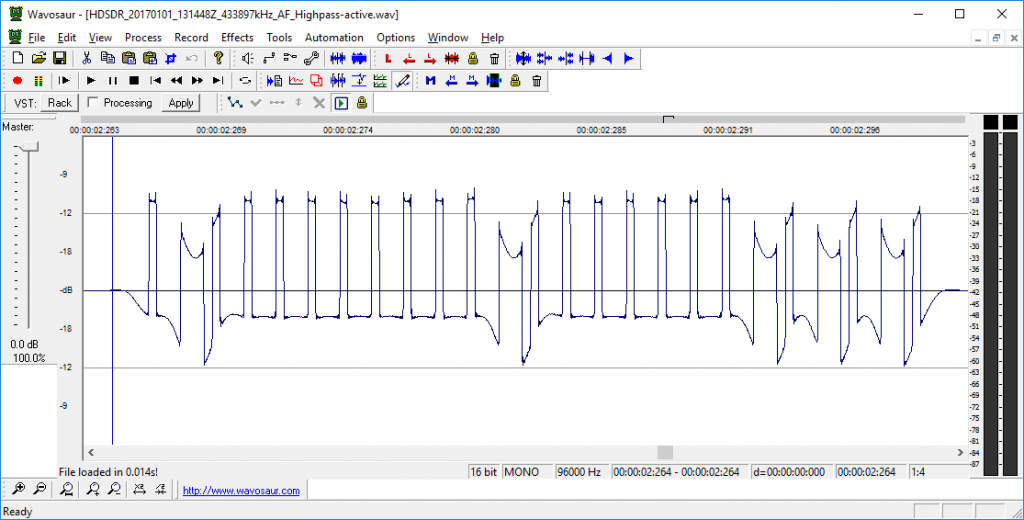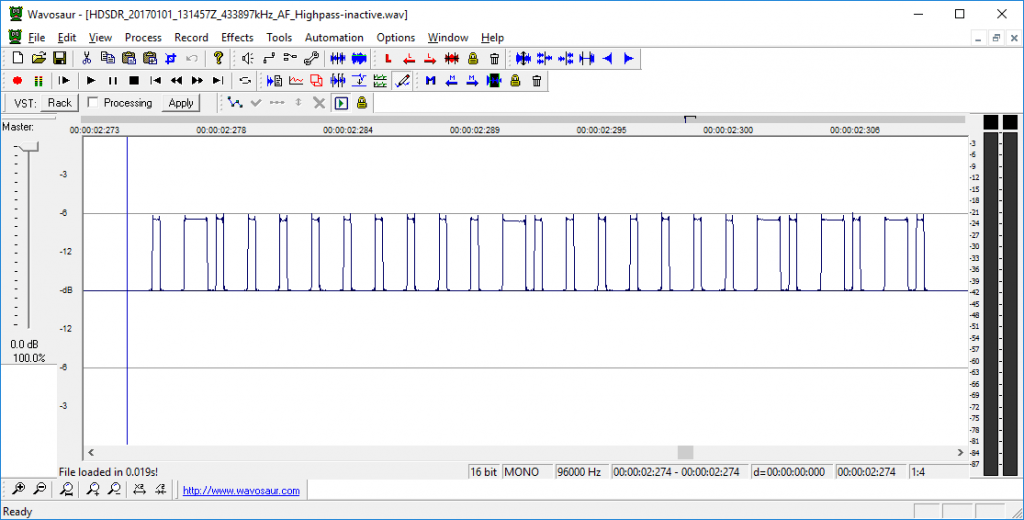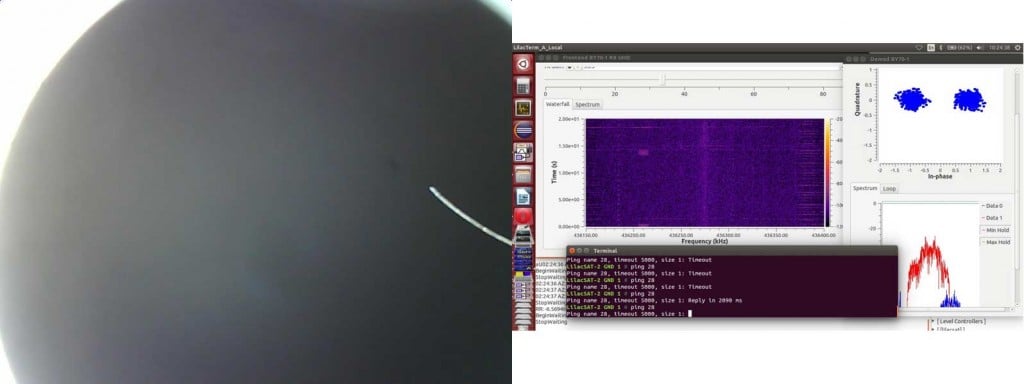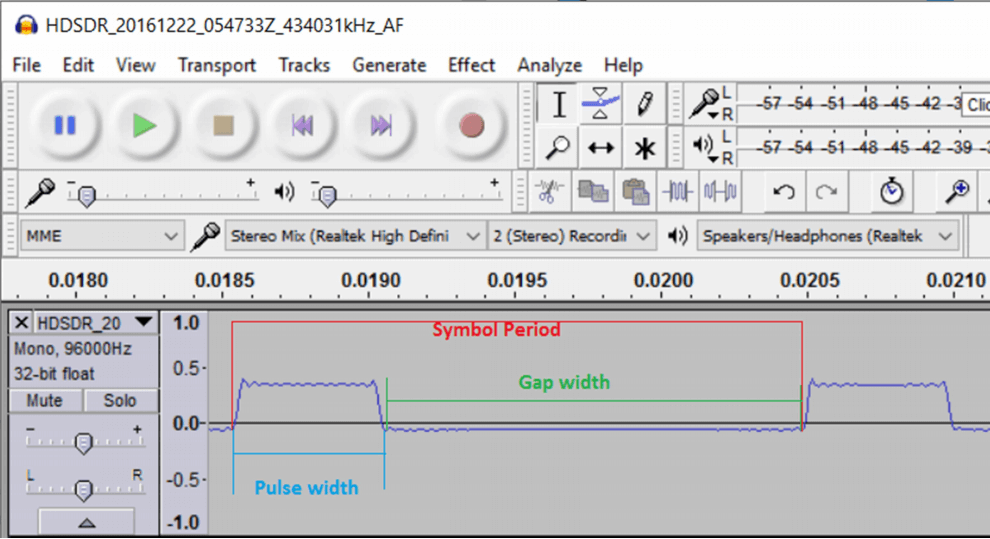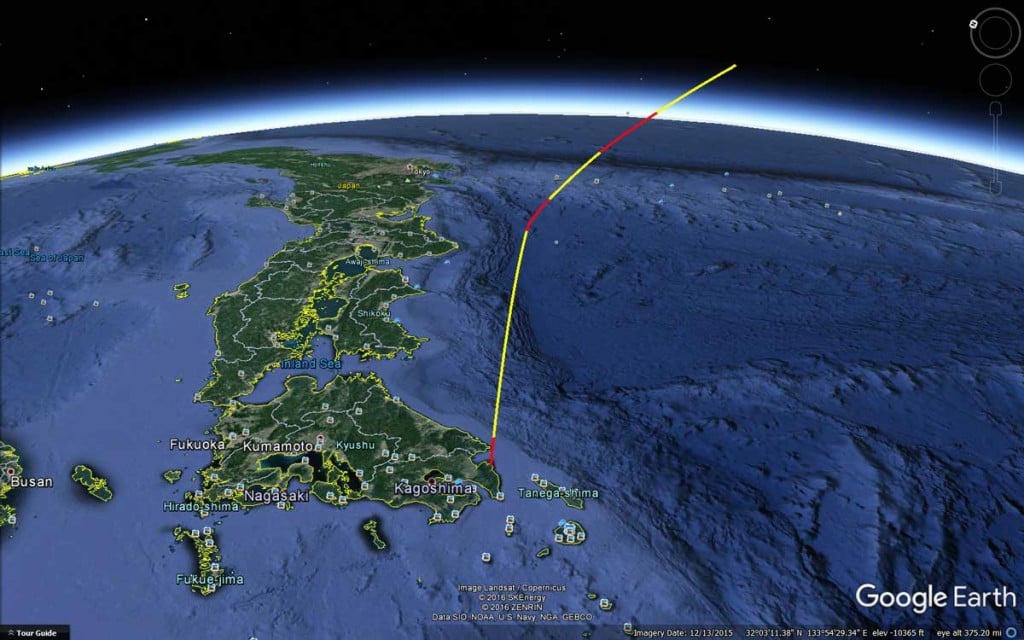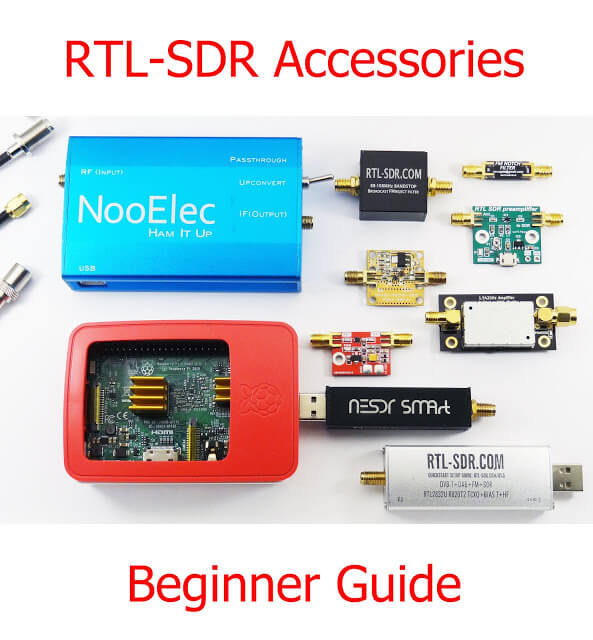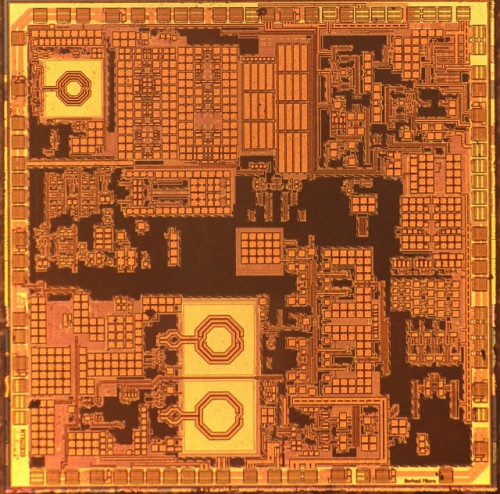Nigun (Melody): Open Hardware Plans for an RTL-SDR Downconverter
A downconverter is a circuit that allows the RTL-SDR to receive frequencies above its maximum frequency range of about 1.8 GHz. It works by converting all higher frequencies down into a lower frequency which can be received by the RTL-SDR. It is the opposite of an upconverter which is used to receive HF frequencies on an RTL-SDR. In the past the Outernet project was working on a commercial downconverter product for the RTL-SDR, but they had to unfortunately put an end to that project as the costs were not economical.
But now over on GitHub Raziel Einhorn has uploaded plans for his open hardware 1.5 – 3 GHz downconverter which is code named Nigun (Melody). Currently the design has just about been completed, and he is planning to order the first prototype this January. The main component appears to be the ADRF6612 RF mixer which is controlled by an ATSAMD21E18A ARM microcontroller. On the GitHub page he explains the main properties as:
- Dynamic LO – LO will be determined by the user and programmed by the MCU
- Almost no filtering – will leave this challenge outside of this project scope
- Power up and programming via micro-usb connector. Should be able to power up from a USB power-pack (but probably not from a computer port)
- Highest RF frequency will be 3GHz
- Product also features a VCO for signal-generation purposes. VCO support should be 200-2700MHz

